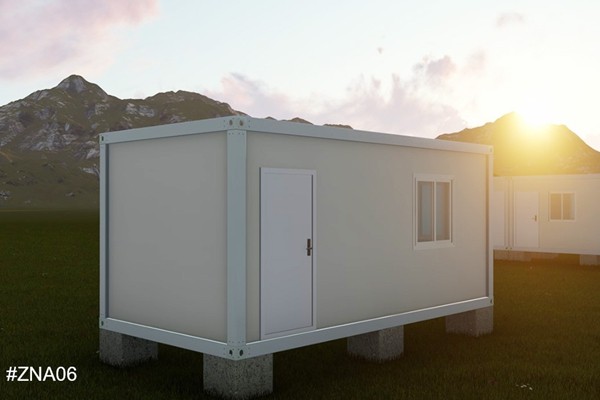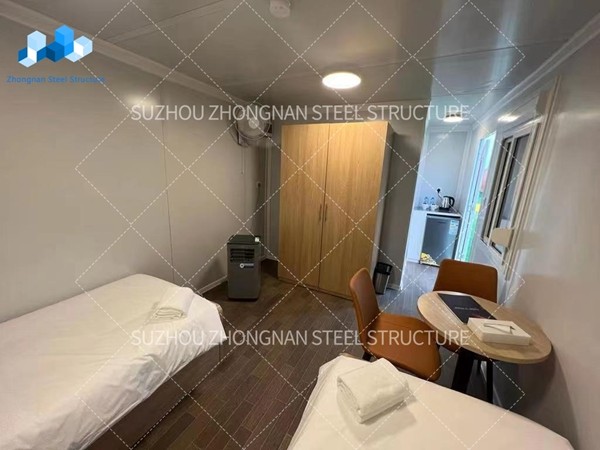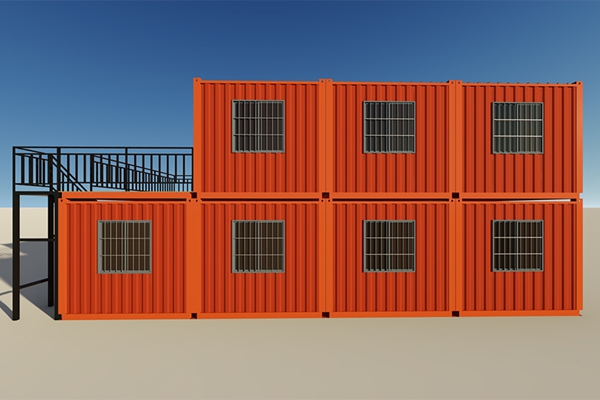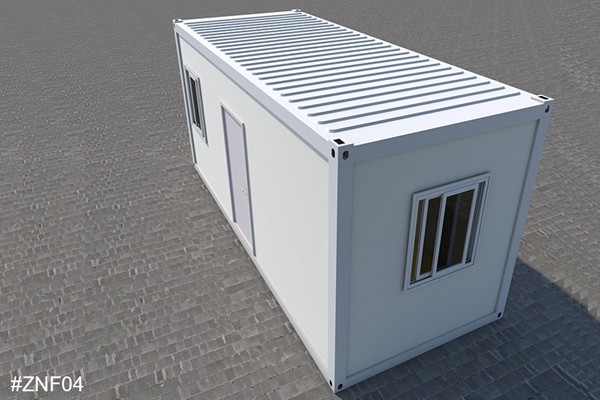cost to build a container home
Building a container home has piqued the interest of eco-conscious individuals, minimalists, and innovative architects alike. The allure of transforming simple shipping containers into sustainable and efficient homes drives an increasing number of inquiries about the cost associated with such a project. Understanding the financial nuances of constructing a container home requires an exploration of several key factors that influence the final budget.

Selecting the Right Container
One of the most defining aspects of a container home is the shipping container itself. Prices can vary significantly based on size, condition, and proximity to a port. Typically, a new 20-foot container may range from $2,000 to $5,000, while a used one might be sourced for $1,500 to $3,000. Opting for a larger 40-foot container often translates into better space-to-cost value, with costs averaging between $3,500 and $7,000. It's crucial to factor in the transportation cost from the supplier to the construction site, as this can escalate quickly, especially in remote areas.

Design and Planning
The design phase bears substantial weight on the overall expenses. Engaging an architect with expertise in container homes is advisable to assist in crafting a functional and aesthetically pleasing design. Hiring professional design services can range from $50 to $150 per hour, depending on the complexity of the project and the expertise of the designer. Investing in quality design can optimize the container’s limited space and ensure compliance with local building codes, ultimately providing a framework that blends innovation with practicality.
Site Preparation and Foundation
Site preparation can significantly impact the budget, particularly if the land requires clearing or leveling. Additional costs are incurred if utilities such as electricity, water, and sewage need to be installed or connected to the grid. A fundamental consideration is the type of foundation; options include concrete slabs, piers, or a crawl space, each varying in cost. Generally, foundation expenses average between $5,000 and $10,000, although this can increase with the complexity of the ground conditions.
Modifications and Insulationcost to build a container home
Modifying and insulating the container is critical to transforming it into a livable space. Modifications often include cutting windows and doors, reinforcing structural integrity, and installing essential systems like plumbing and electricity. Insulation is vital due to the thermal conductivity of steel. Traditional spray foam or insulating panels can cost between $1,000 and $4,000, depending on the area and desired comfort levels. These changes contribute significantly to the overall budget, with modification costs possibly reaching $20,000 to $30,000.
Interior Finishing
The cost of interior finishes is largely dictated by personal preferences. High-end finishes, such as custom cabinetry, high-quality flooring, and premium appliances will increase the budget. On the other hand, opting for standard finishes can keep costs manageable. Generally, interior finishing can range from $20,000 to $50,000. This includes but is not limited to drywall installation, painting, flooring, kitchen and bathroom fittings, and the integration of energy-efficient systems.
Permits and Legal Fees
Navigating the legal requirements is essential to avoid costly complications. Building permits, inspections, and other legal documents vary regionally but generally range from $500 to $2,000. Understanding zoning restrictions and building codes is crucial. Engaging a professional can ease this process, ensuring adherence to local regulations and preventing potential legal setbacks.
Final Considerations
While a container home can provide a cost-effective and eco-friendly housing solution, planning and budgeting are critical. The overall cost of constructing a container home typically ranges from $10,000 to over $100,000, depending largely on location, modifications, and finishes. However, its cost-efficiency and sustainability continue to make it an appealing option. Engaging with a reputable builder, comprehensive planning, and thorough research into materials and processes can optimize investment returns and result in a unique, comfortable, and modern abode. The journey from a shipping yard to a harmonized living environment embodies not only architectural ingenuity but a commitment to innovative and sustainable living.






